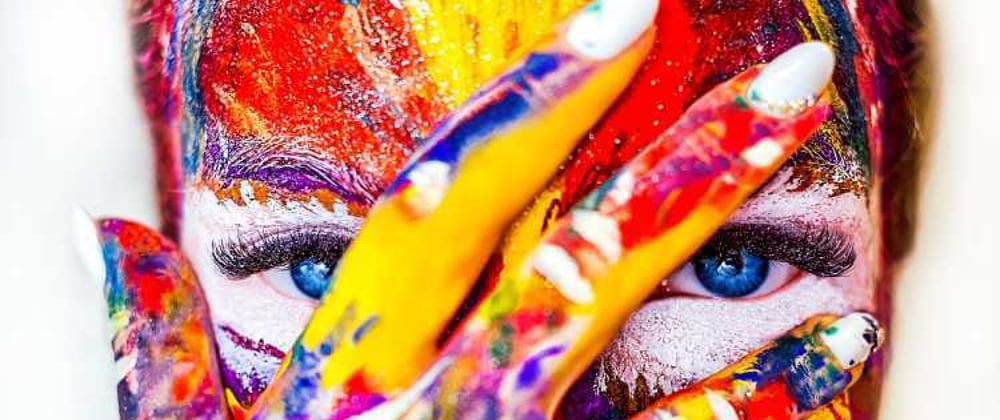What is Bipolar Disorder?
Bipolar disorder is a health condition that causes extreme mood swings that include emotional highs (mania or hypomania) and lows (depression).
The different types of bipolar disorder are: bipolar I, bipolar II disorder, and cyclothymic disorder. Symptoms are having at least one period of mania or hypomania and major depressive episodes; symptoms differ on each type.
Bipolar disorder I: involves one or more manic episodes, with or without depressive episodes occurring.
Bipolar disorder II: shifting between the less severe hypomanic episodes and depressive episodes.
Cyclothymic: repeated mood shifts between depressive and hypomanic that persist for more than two years.
But how does bipolar disorder relate to creativity?
What is the link to Creativity?
Creativity is the act of thinking “outside the box” and with that you need divergent thinking.
According to an article from healthline.com (Cirino, 2019), “During these episodes of mania and hypomania, people often feel ambitious and inspired, which may prompt them to start a new creative endeavor.”
Terence Ketter, MD, Professor of Psychiatry and Behavioral Science and a study co-author, said that he believes that bipolar patients' creativity stems from their mobilizing energy that results from negative emotion to initiate some sort of solution to their problems. People with bipolar disorder have unique experiences that may offer them different, emotional, and intellectual perspectives on the world.
Terence Ketter said, “...patients who came through the bipolar clinic, despite having problems, were extraordinarily bright, motivated people who tended to lead interesting lives.”
Artists with Bipolar Disorder
There are many famous artists with bipolar disease, ranging from actors to singers. Some people with bipolar disorder are John Berryman, Robert Lowell, Vincent van Gogh, and Demi Lovato.
According to an article from ncbi.nlm.nih.gov
“Biographical studies of rates of bipolar disorder among famous artists show that 8.2% had history of mania, compared to 2.8% of non-artists.”
Some biographical studies on the emotional symptoms of people with significant creative accomplishments are available. For example, the Ludwing (1992) study documented patterns in a sample of over 1000 persons. Other studies suggest that creativity is particularly likely among those with either mild form of bipolar disorder (Czeizel, 2001; Jamison, 1989; Wills, 2003) or family histories of bipolar disorder (Juda, 1949).
These studies suggest that those at risk for the disorder may experience some of the creative benefits, even in the absence of more severe symptom expression.
Bipolar Disorder and Genetics
Research has shown that bipolar disorders have a strong genetic component, with a heritability rate of about 58%. This has led many to conclude that the genes associated with bipolar disorder are more creative.
According to healthline.com (Cirino, 2019)
“In one study from 2015 by Avon Longitudinal Study of Parents and Children (ALSPAC), researchers took the IQ of about 2,000 8-year-old children, and then assessed them at ages 22 or 23 for manic traits. What they found was that high childhood IQ was linked with symptoms of bipolar disorder later in life... In another study in 2015 by Epidemiologic Catchment Area Study (ECAS), researchers analyzed the DNA of more than 86,000 people to look for genes that increase the risks of bipolar disorder and schizophrenia. Noting whether the individuals worked in or were associated with creative fields, such as dancing, acting, music, and writing. They found that creative individuals are up to 25% more likely than noncreative people to carry genes that are associated with bipolar and schizophrenia.”
This proves that there does appear to be a connection between genes.









Top comments (0)